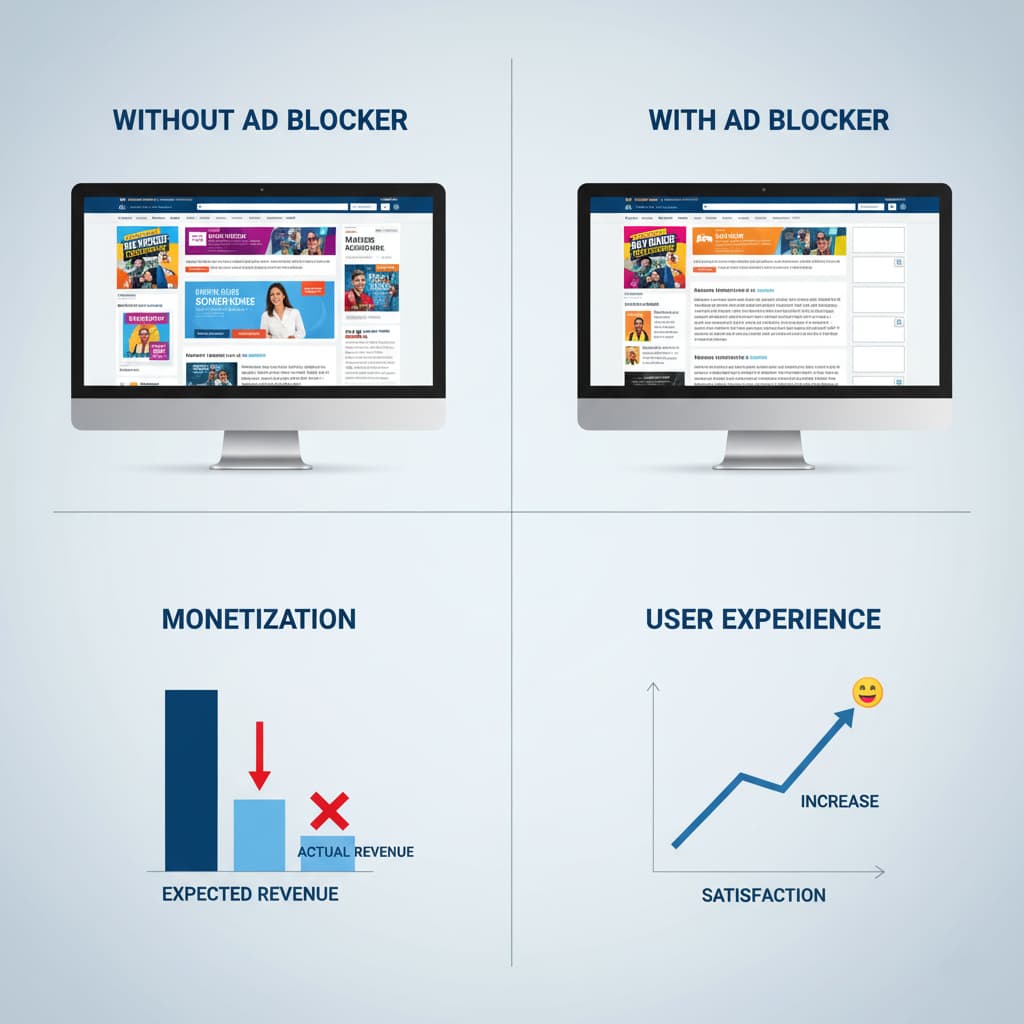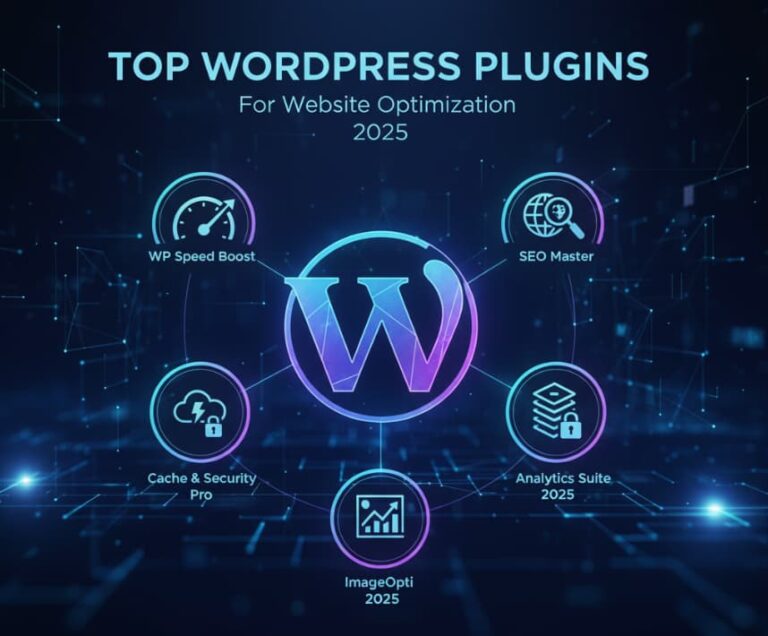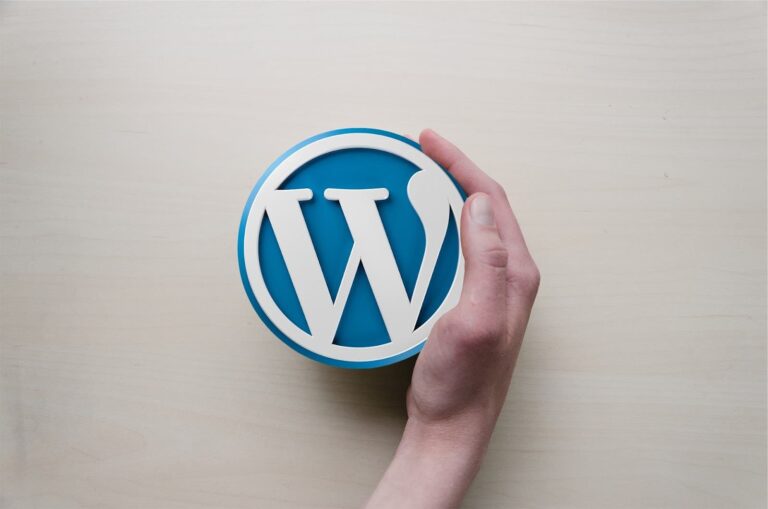The internet in 2025 looks vastly different from what it was just a decade ago. As websites became more complex and monetization strategies increasingly reliant on digital advertising, users began searching for ways to protect their browsing experience. This shift led to the widespread adoption of ad blockers. Today, ad blockers are not merely browser extensions—they are part of a broader movement toward user-centric web design, privacy, and a safer digital experience.
Instead of seeing ad blockers as a threat, businesses and web designers are starting to recognize their potential for reshaping how websites are designed and monetized. This article explores how ad blockers influence design trends, user expectations, and revenue strategies in 2025, with a particular focus on the positive outcomes they bring to both users and the web ecosystem.
Why Ad Blockers Became Mainstream
The early internet was full of intrusive banner ads, auto-playing videos, and pop-ups that disrupted browsing. This created frustration and distrust. As privacy concerns grew and users demanded control over their data, ad blockers became essential tools.
In 2025, the use of ad blockers will not be limited to tech-savvy audiences. Every day, users install them on their browsers, mobile devices, and desktops to reduce clutter, avoid malicious ads, and enjoy faster browsing. Modern ad blockers also integrate with privacy tools, filter out trackers, and even improve device performance. A reliable ad blocker for PC, for example, not only removes disruptive ads but also shields users from malware hidden in advertising networks.
Positive Impacts on User Experience
From a user’s perspective, the benefits of ad blockers are undeniable. Here are the key ways they improve online experiences:
- Cleaner Interfaces – With fewer pop-ups and banners, websites appear more professional, minimalistic, and user-friendly.
- Faster Loading Speeds – Ads and trackers can double or even triple loading times. By blocking them, pages load almost instantly.
- Better Accessibility – Removing clutter allows people with disabilities or cognitive challenges to navigate more easily.
- Enhanced Trust – Users feel more secure knowing their browsing is less likely to be tracked or exploited by malicious ads.
This improved experience pushes web designers to adopt cleaner layouts and prioritize what matters: valuable content and smooth navigation.
How Web Designers Adapt in 2025
Ad blockers are forcing a design evolution. Rather than treating them as enemies, forward-thinking designers are leveraging the trend to build better websites:
- Minimalist Aesthetics: Heavy, ad-packed pages are out. Clean, responsive layouts dominate.
- Native Advertising Integration: Sponsored content is seamlessly embedded into the e-sign without being disruptive.
- Privacy-First Design: Designers now factor in user consent, data protection, and clear cookie policies from the very beginning.
- Performance-Oriented Builds: Speed optimization through lazy loading, lightweight scripts, and compressed visuals is no longer optional.
The result? Websites that deliver value first, without depending on invasive advertising formats.
Rethinking Monetization Beyond Ads
For many businesses, ad revenue has long been the primary income source. The rise of ad blockers has accelerated the need to diversify monetization models. By 2025, the most successful websites combine several strategies:
- Subscription Models – Premium content is accessible through affordable monthly or yearly fees.
- Affiliate Marketing – Instead of banners, content naturally integrates affiliate links within relevant guides or reviews.
- E-Commerce Integration – Many publishers add digital products, merchandise, or services directly into their sites.
- Sponsored Content – When clearly labeled, in-depth sponsored articles can add value rather than frustrate users.
- Microtransactions – Small one-time payments for exclusive content are becoming increasingly common.
Interestingly, this push away from aggressive advertising has created healthier revenue streams for businesses that build trust and loyalty.
The SEO Perspective
Ad blockers also have indirect effects on search engine optimization (SEO). Pages overloaded with ads usually load more slowly, which negatively impacts rankings. By optimizing websites with fewer ads, developers meet Google’s Core Web Vitals benchmarks more easily.
Moreover, sites that respect user privacy and reduce intrusive elements tend to have lower bounce rates and higher engagement—two signals that positively influence search performance. Thus, ad blockers indirectly encourage SEO-friendly design.
Privacy and Security Benefits
Another major advantage of ad blockers is the role they play in security. Malvertising—malicious software distributed through ad networks—remains a real threat. By filtering ads, users drastically reduce exposure to harmful scripts.
For businesses, this creates an opportunity to build trust. A website that functions well even with ad blockers on demonstrates that it values security and accessibility over aggressive monetization tactics. This helps strengthen brand reputation in a competitive online landscape.
The Ethical Side of Web Monetization
Ad blockers bring up an important ethical discussion. Users want free content, but publishers need revenue. The solution in 2025 lies in balance and transparency.
Websites that communicate openly with their audience—explaining why subscriptions or sponsorships are necessary—often succeed more than those that rely on hidden trackers. The rise of ethical design practices ensures that monetization no longer comes at the cost of user trust.
In this way, ad blockers indirectly push the industry toward healthier digital ethics.
What Businesses Should Do in 2025
To adapt, businesses and designers can embrace the following best practices:
- Audit Revenue Models – Don’t rely solely on advertising. Explore subscriptions, e-commerce, or partnerships.
- Prioritize UX – Ensure websites deliver value first. Content, speed, and design must outweigh monetization.
- Invest in Native Ads – When relevant and transparent, native ads feel more like content than interruptions.
- Build Trust – Clearly communicate data usage, provide privacy controls, and avoid dark patterns.
- Test With Ad Blockers – See how websites look and perform with blockers enabled to ensure functionality.
Looking Ahead
By 2025, ad blockers have become a natural part of the internet ecosystem. Instead of harming digital growth, they are pushing it toward a more sustainable, user-friendly model. Websites that adapt will not only survive but thrive in this new environment.
Ad blockers are not the enemy—they are catalysts for progress. They encourage designers to embrace minimalism, businesses to diversify revenue, and the web as a whole to move toward greater privacy and security.
Conclusion
The conversation around ad blockers has shifted from fear to opportunity. Far from killing online business, they are driving innovation in design, monetization, and trust-building.
For users, ad blockers mean faster, safer, and cleaner browsing. For businesses, they serve as reminders to focus on genuine value instead of intrusive tactics. As the web continues to evolve, one thing is clear: ad blockers are shaping a digital future that benefits everyone.









